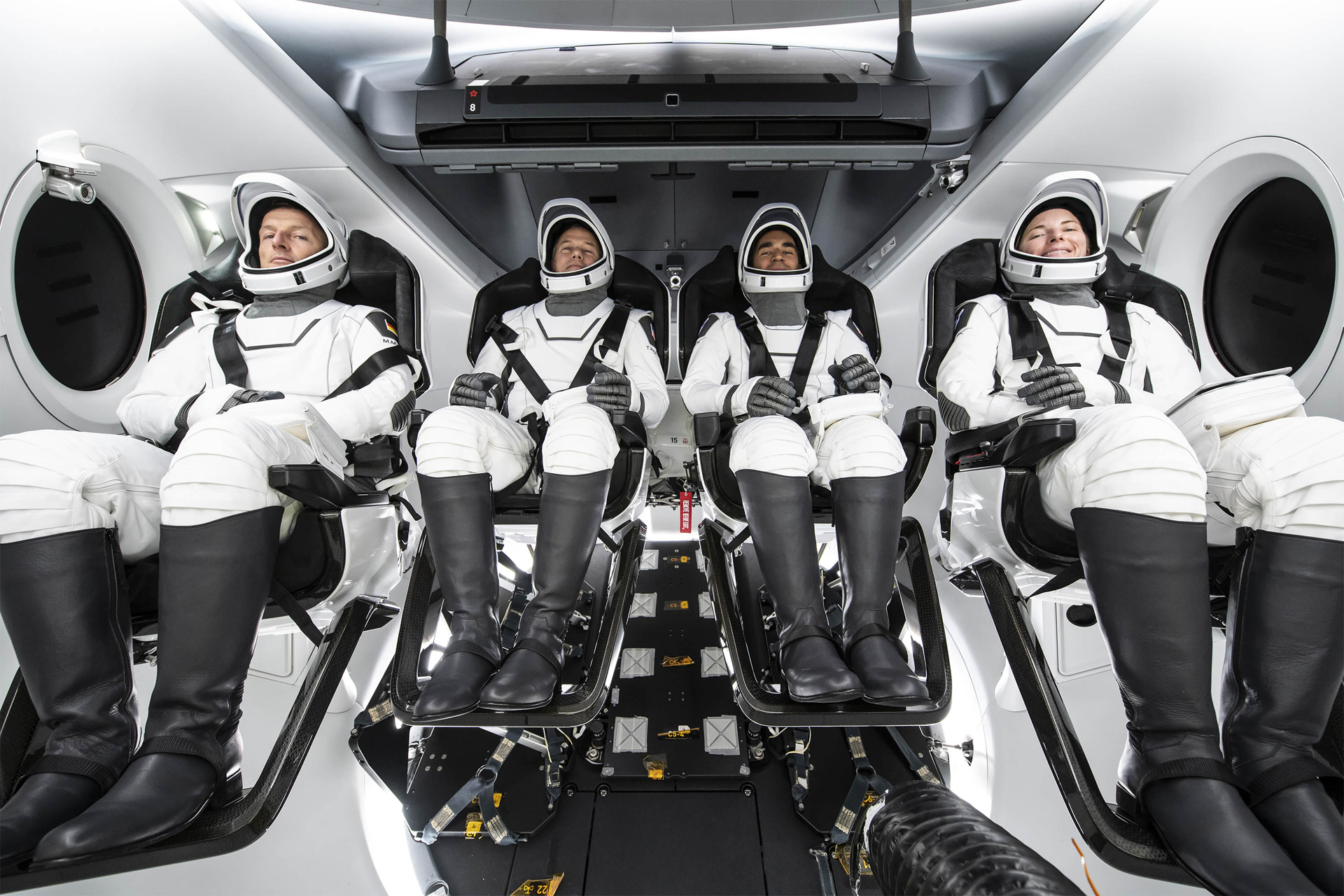How to prepare for a SpaceX astronaut launch rescue (video)
"We do all this training, but we hope that our job is the most boring day-of launch," Daniel Forrestel said.
A lot goes into a SpaceX launch, and that includes preparing for the possibility that things might not go according to plan.
After a number of delays, SpaceX's next astronaut launch will lift off for the International Space Station no sooner than Wednesday (Nov. 10) at 9:03 p.m. EDT (0200 GMT Nov. 11) as part of the Crew-3 mission with four astronauts in tow. The crew will spend six months living at the International Space Station and working on the 200 scientific experiments flying along with them.
This will be SpaceX's third operational crewed mission to the orbiting lab, and the fourth astronaut mission overall. (SpaceX's first crewed mission to space was a test flight to the space station with its Crew Dragon vehicle.) To date, these launches have been successful and safe for all astronauts on board. But spaceflight is inherently risky, so teams on the ground still need to prepare for the worst.
Space.com spoke with Daniel Forrestel, a NASA launch integration manager who is working on SpaceX's Crew-3 mission and who serves as the launch rescue director for SpaceX's crewed missions on launch day.
Live Updates: SpaceX's Crew-3 astronaut mission
"In the lead-up to launch, I'm working to make sure that all of the operations that you see on the day of launch run smoothly," Forrestel told Space.com. "It's a choreography amongst many players and partners from SpaceX and NASA to everybody here at Kennedy Space Center."
But when launch day comes, Forrestel's role shifts.
Breaking space news, the latest updates on rocket launches, skywatching events and more!
"On [the] day of launch, I transition to be the launch rescue director. So I'm in charge of a team of folks who, if there's an emergency on the pad, we make sure the crew and the SpaceX close-out crew get out safely."
Forrestel acknowledged the pressure that is on this role the day of a launch, as these missions are carrying the most precious cargo of all: human lives.
"It is high pressure," he said. "You're waiting there, ready to go at a moment's notice if anything goes wrong."
"I can tell you that there are certainly nerves amongst the people on my team and myself," he said. "We've spoken to the crew, we gave them some last-minute briefings, and they certainly seem ready," Forrestel said. "They sound ready to go and they understand what needs to be done."
Despite the pressure of their day-of role, Forrestel and his team are prepared. Even though the launch is expected to be a success as its predecessors have been, these team members practice what to do if things go wrong, training well ahead of time so that whatever happens on the day of launch, they will be able to respond quickly and with the best action possible.
"We train for it," Forrestel said. "We do dry runs where we pretend something goes wrong on the tower, and we practice sending in rescue work rescue folks in to get them."
Despite their extensive and intensive training for launch day, "we joke that we do all this training, but we hope that our job is the most boring day-of launch," Forrestel said.
"Even though there's nerves," he added, "we trained for this so much that when you get there on the day of launch on the console, it's game time, and we're ready to go."
Email Chelsea Gohd at cgohd@space.com or follow her on Twitter @chelsea_gohd. Follow us on Twitter @Spacedotcom and on Facebook.

Chelsea “Foxanne” Gohd joined Space.com in 2018 and is now a Senior Writer, writing about everything from climate change to planetary science and human spaceflight in both articles and on-camera in videos. With a degree in Public Health and biological sciences, Chelsea has written and worked for institutions including the American Museum of Natural History, Scientific American, Discover Magazine Blog, Astronomy Magazine and Live Science. When not writing, editing or filming something space-y, Chelsea "Foxanne" Gohd is writing music and performing as Foxanne, even launching a song to space in 2021 with Inspiration4. You can follow her on Twitter @chelsea_gohd and @foxannemusic.

